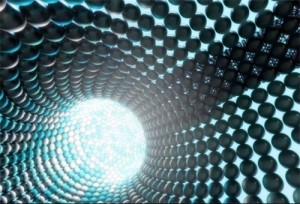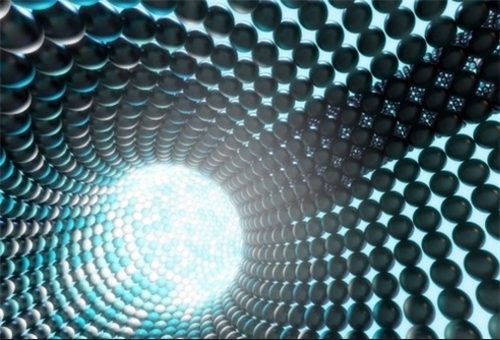 TEHRAN (FNA)- Iranian researchers used pyrolytic carbon nanostructured film and succeeded in the production of a sensor that is able to precisely and simultaneously measure electroactive chemical compounds, including uric acid (UA), ascorbic acid (AA), and dopamine (DA), even at very low concentrations.
TEHRAN (FNA)- Iranian researchers used pyrolytic carbon nanostructured film and succeeded in the production of a sensor that is able to precisely and simultaneously measure electroactive chemical compounds, including uric acid (UA), ascorbic acid (AA), and dopamine (DA), even at very low concentrations.The sensor is produced through a cost-effective method and has high sensitivity and selectivity. It has various applications in medical, environmental and agricultural industries.
The development of methods to measure the concentrations of ascorbic acid, uric acid, and dopamine at the same time is very important because the concentration of these materials can detect a wide range of diseases and malfunctions and these materials are found in living systems at the same time. Moreover, the use of biosensors based on electrochemical methods is vital taking into consideration the rapid oxidation of these compounds.
Researchers deposited pyrolytic carbon film with a thickness of around a few micrometers through chemical vapor deposition method on an appropriate substrate, and they produced the desirable sensor.
Results of the research showed that the produced sensor had an electrochemical performance compared to or in some cases, a little better than many common chemically-modified electrodes for the simultaneous measurement of the desired biological species. Among significant advantages of the produced sensor, mention can be made of high sensitivity, low detection limit, appropriate linear calibration range and repeatability.
Since approximately 100 electrodes can be produced in every run of the research, it can be said that the cost-effective design of the electrode under atmospheric pressure and very low consumption of gas are among other characteristics of the produced electrode.
The latest results of the research have been published in February 2012 in Analytica Chimica Acta, vol. 721, pp. 55-60.
By Fars News Agency
The Iran Project is not responsible for the content of quoted articles.











